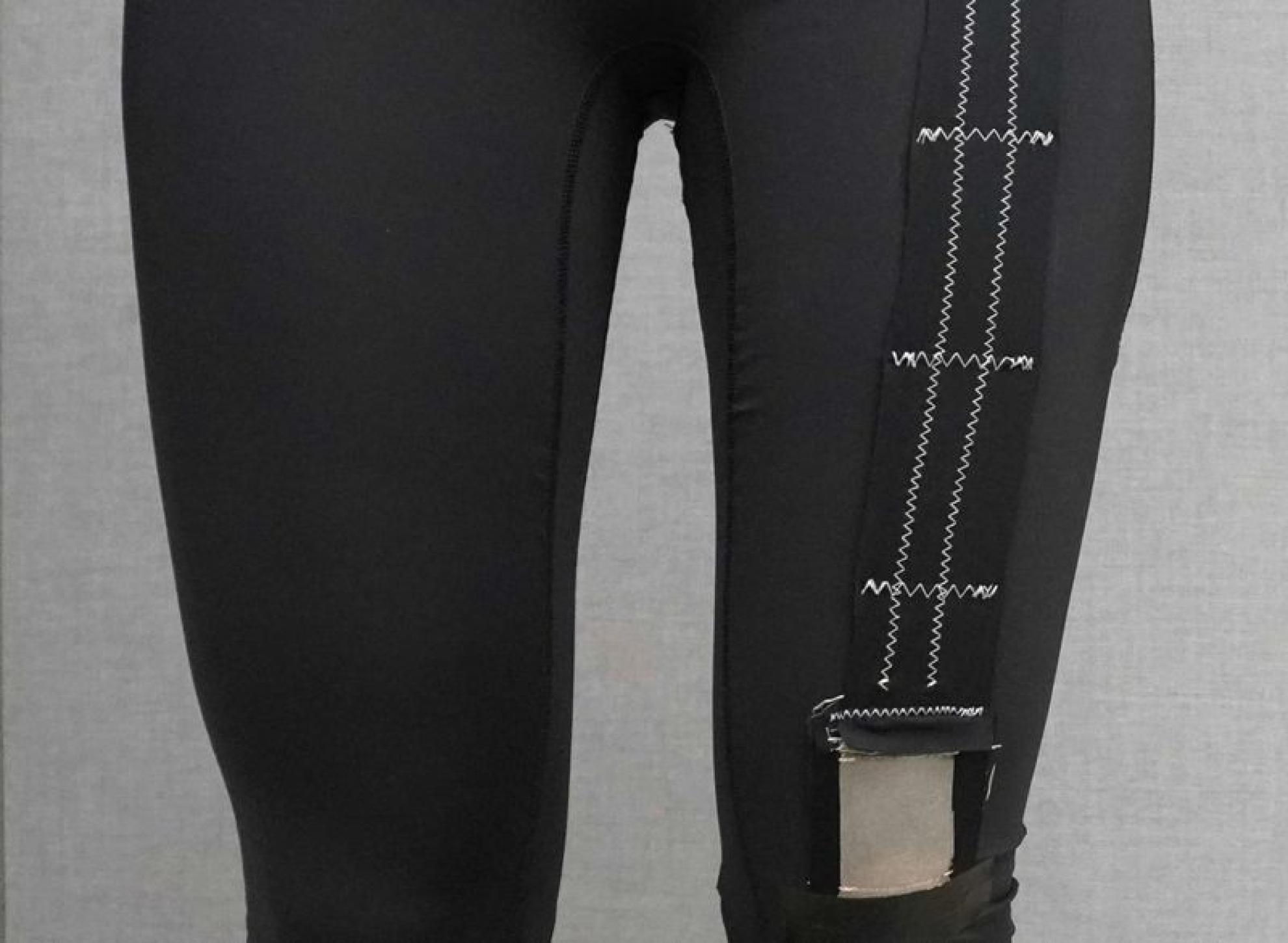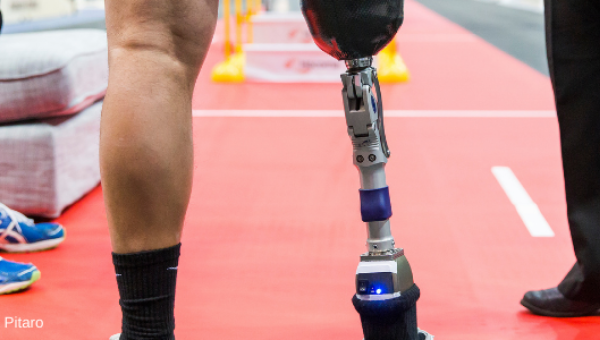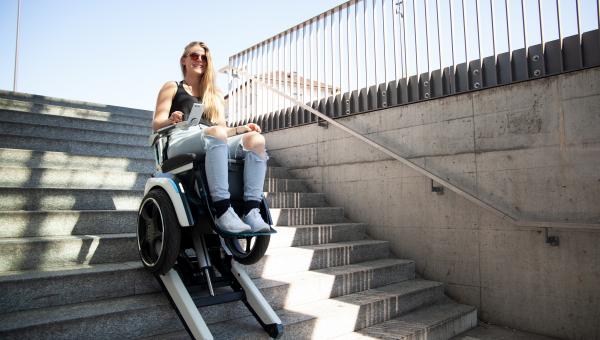Running trousers warn against overexertion

Researchers at ETH Zurich have invented a textile sensor that measures in real time how exhausted people are during physical exercise. No electronic components such as sensors, batteries or chips are required.
In the future, intelligent sports and workwear could detect when its wearer is exhausted, helping to prevent fatigue-related injuries. Researchers at ETH Zurich have developed a new textile sensor that can provide real-time information on how tired you are during physical exertion. According to a press release by ETH Zurich, this requires a textile sensor that is integrated into a tight-fitting, elastic garment. There is no need for an electronic component. This simplifies production, reduces costs and makes the products easier to care for.
As the sensor is positioned so close to the body, we can track body movements very precisely without the wearer even being aware of it.
Special yarn for tracking movements
The movements that change with the onset of physical fatigue are registered by the sensor through a special yarn made up of two fibres. The sensor is embedded in the fabric of the trousers and the yarn is made of conductive elastic rubber. Micro-movements are detected when the yarn is stretched or slackened. An antenna embroidered directly onto the fabric in the form of a spiral receives the electrical signal from the strain sensor and in turn sends out a signal that is read by a smartphone.

The textile sensor above the knee is connected to an antenna embedded in the waistband. Together they form a circuit that can be used to measure movement.
Better training for athletes
The smart trousers allow athletes to train at their physical limit without exceeding it. According to the ETH, the test subjects were able to tell by looking at their smartphones when they had reached their stress limit and needed to take a break. But running trousers are just a first test for the textile sensor. The researchers can envisage other applications. For example, they see huge potential in the world of work, where people often injure themselves through repetitive movements, or in physiotherapy rehabilitation.
The researchers are currently working on converting the current prototype into a market-ready product. This will require more reliable motion analyses, many more tests and a large amount of motion data.




